'Spaceship fossil' that looks like the Millennium Falcon
- Published
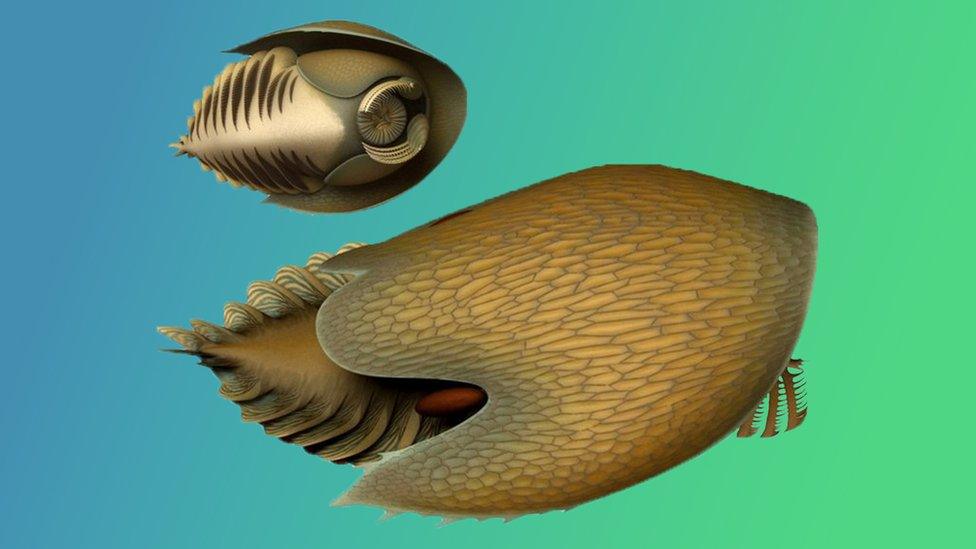
This is what an artist thinks a Cambroraster falcatus would have looked like
What do you do if you find a fossil that looks a bit like a spaceship?
One group of scientists in Canada decided to name it after the Millennium Falcon from Star Wars - one of the most famous spacecrafts of all time.
Hundreds of fossils of this sea creature called Cambroraster falcatus were discovered in Kootenay National Park in a mountain region called the Canadian Rockies.
Scientists say finding such a large number of beautifully preserved and complete fossils will go a long way in helping to understand this significant extinct group.
They say it's part of the same animal family as insects, spiders and crabs. But it's a very distant relative given the fact that it lived 506 million years ago, during the Cambrian Period, when all animal life lived in the oceans.
Find out more about how to spot a fossil
But these creatures were far from the tiniest creatures in the ocean.
"Most animals in the Cambrian Period were small, typically a few centimetres long at most. By comparison, Cambroraster was a giant, at up to a foot long (30 cm)," said paleontologist Joe Moysiuk of the Royal Ontario Museum and University of Toronto.
The Cambroraster fossil was excavated from a rock formation known as the Burgess Shale, where fossils of lots of other weird and wonderful Cambrian animals have been found.
The Cambrian period is thought to be a time of evolutionary experimentation when nearly all major animal groups first appeared and lots of strange looking animals came and went.
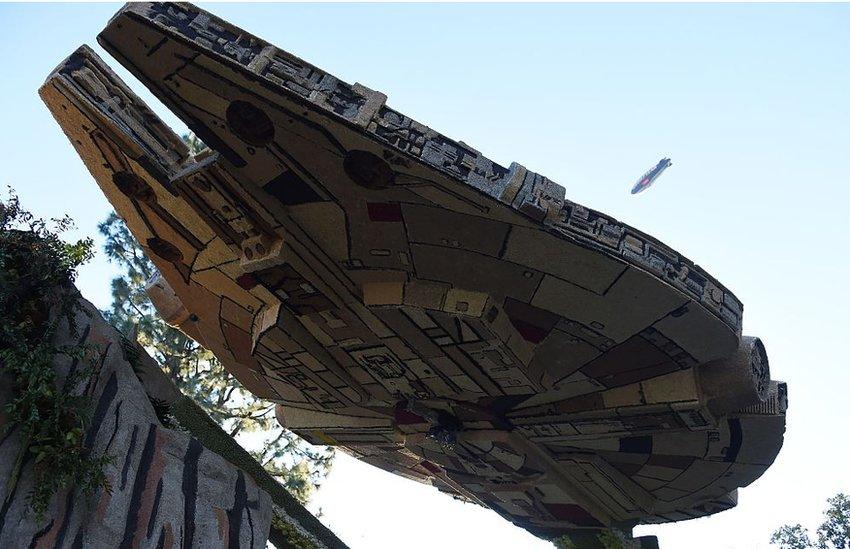
This is the Millennium Falcon from the Star Wars films - do you see the similarity to the fossil?
It was it's large head, covered by a shield-like upper shell, whose shape reminded the scientists of the Millennium Falcon spaceship.
"With its huge head, small body and upward facing eyes, Cambroraster superficially resembles a horseshoe crab, although in detail they are quite different animals," Joe Moysiuk said.
"Just like horseshoe crabs, we think Cambroraster spent its time hanging around near the sea floor, feeding on organisms buried in the mud."
At the front of its body were two large claws and lots of additional prongs a bit like tiny rakes. These meant they could sift through seafloor mud and strain out things like worms, small fish and larvae, to eat.
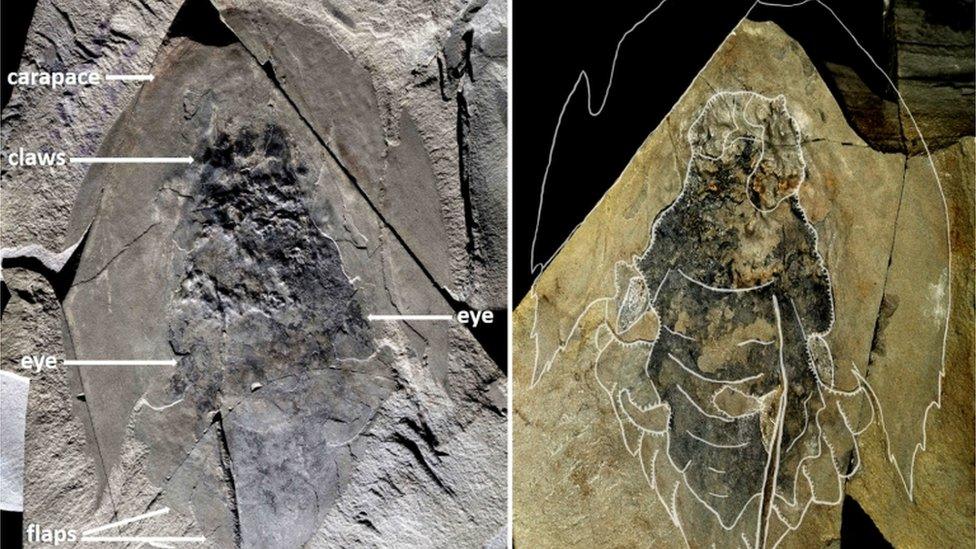
The scientists say it's also providing a wealth of information about an important predator from a key time in the evolution of life on Earth.
They think Cambroraster belonged to the same group as Anomalocaris, a dangerous hunter about a metre long that was the top predator at the time.
Finding such a complete set of fossils is an exciting discovery for the scientists, as they often have to piece together knowledge about creatures of this type from fragmentary remains.
- Published15 May 2019
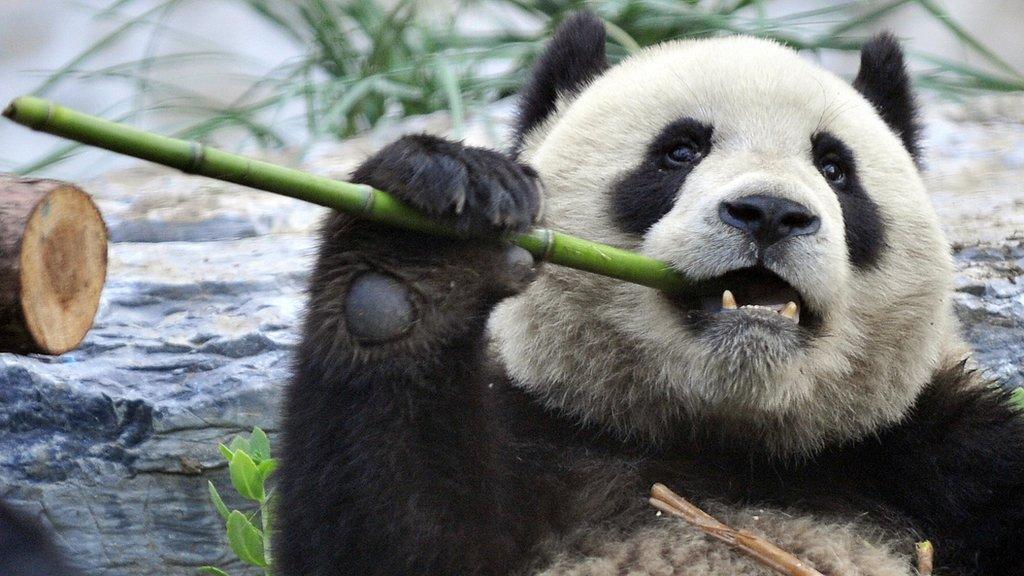
- Published2 April 2019
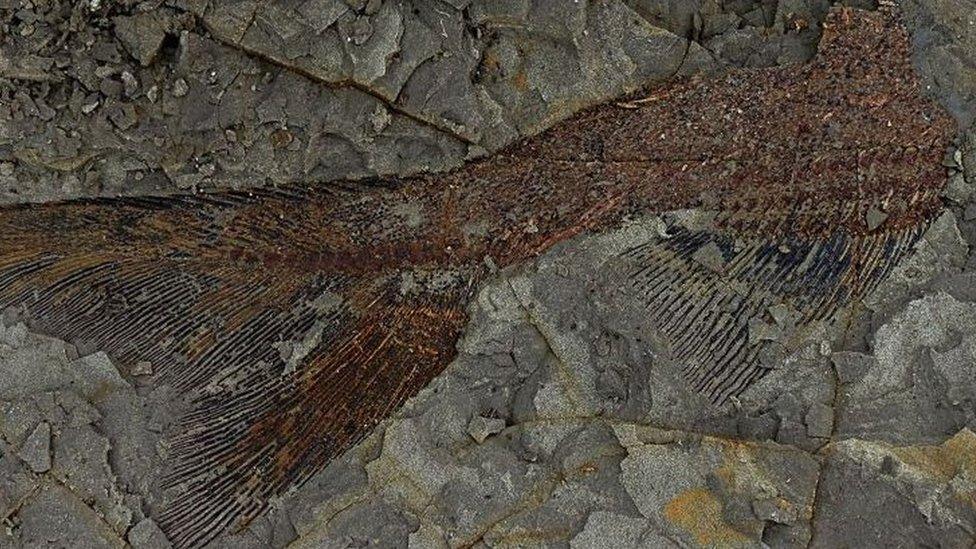
- Published16 January 2018
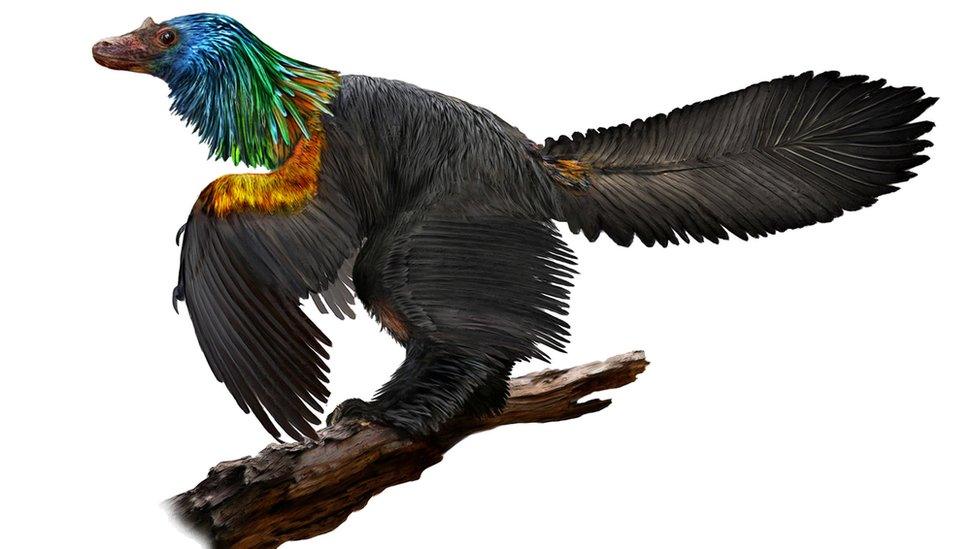
- Published28 May 2021

